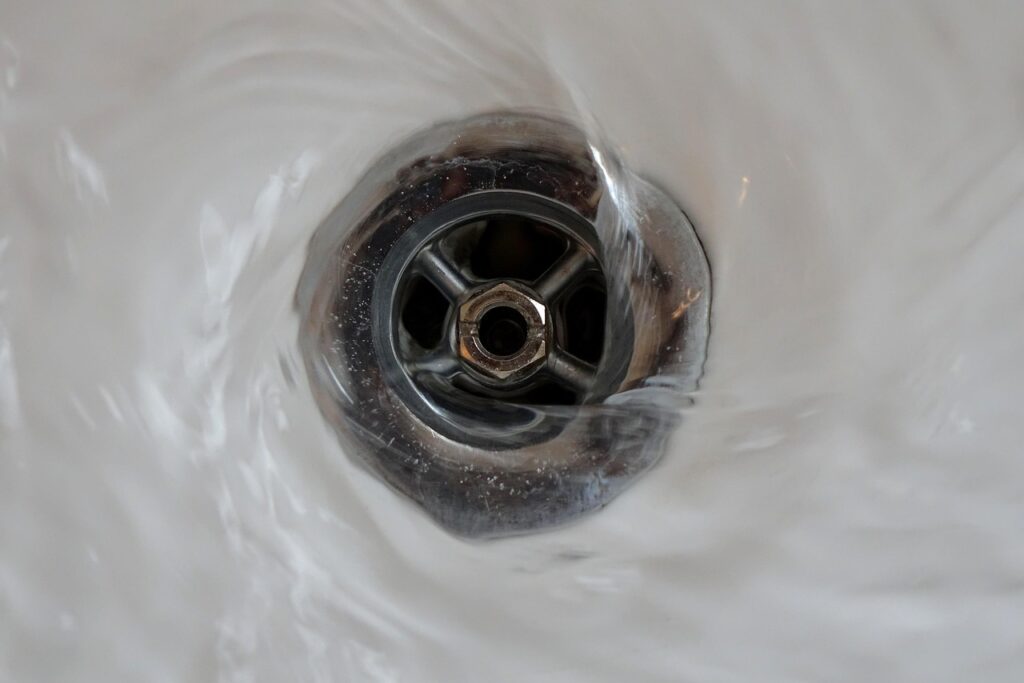Rats in Delta pose both health and property risks, making effective control essential for maintaining a safe home environment. These rodents can cause damage by chewing wiring, insulation, and contaminating food supplies. Managing rat infestations requires a combination of prevention, sanitation, and targeted removal methods suited to Delta’s specific climate and urban conditions.
Effective rat control Delta focuses on identifying entry points, removing active infestations, and sealing locations to prevent future access, all while using safe and humane techniques. Local pest control services often employ specialized tools and eco-friendly approaches to ensure long-term results without harming the household or environment. Understanding these strategies can help residents minimize damage and health risks caused by rats.
Effective Rat Control Methods in Delta
Controlling rats in Delta requires a thorough understanding of their habits and the environment they thrive in. Essential steps include identifying infestations accurately, blocking their access, using targeted trapping or baiting, and employing rodenticides carefully to avoid risks.
Inspection and Identification
Inspection is the foundation of effective rat control. Professionals look for signs like droppings, gnaw marks, grease trails, and nesting materials around homes or businesses. Identifying the species involved is crucial since common rats in Delta, such as Norway and roof rats, have different behaviors and habitat preferences.
They inspect potential entry points including cracks in foundations, gaps around doors and windows, and utilities penetrations. Inspectors also check food storage and waste disposal areas, as these attract rats. Accurate identification directs the control methods to target the right locations and behaviors.
Exclusion Techniques
Exclusion involves sealing entry points to prevent rats from accessing buildings. This method focuses on blocking holes larger than ¼ inch since rats can squeeze through very small spaces. Metal mesh, steel wool, and durable sealants are preferred materials because rats cannot chew through them.
Doors should have tight seals and vents need protective covers. It is important to repair damaged screens and secure attic access points. Ongoing maintenance is necessary, especially after renovations or seasonal changes, to ensure no new access points are created.
Baiting and Trapping
Using traps and baits forms a direct method to reduce rat populations. Snap traps and electronic traps are effective for immediate removal and are less hazardous to pets and children. Baits with rodenticides are also commonly used but must be carefully placed to avoid non-target exposure.
Traps should be positioned along walls and travel paths, with bait fresh and replaced regularly. Combining trapping with sanitation—removal of food waste, clutter, and standing water—enhances effectiveness. Regular monitoring ensures that baiting strategies adapt to changes in rat activity.
Safe Use of Rodenticides
Rodenticides must be handled carefully to avoid poisoning pets, wildlife, and humans. Only approved rodenticide products should be used, following label instructions precisely. In Delta, professional application is recommended to control dosage and placement.
Baits should be placed in tamper-resistant bait stations positioned in areas inaccessible to children and non-target animals. Monitoring after application helps assess effectiveness and prevents leftover poisons. Integrated pest management principles encourage combining rodenticides with other control methods to minimize environmental impact.
Preventing Future Rat Infestations
Effective prevention combines maintaining cleanliness, monitoring for early signs, and engaging the community. These steps reduce attractants, identify problems quickly, and limit rat populations across neighborhoods.
Sanitation and Property Maintenance
Keeping a property clean and well-maintained is critical to deter rats. Regularly removing garbage, securing trash bins with tight lids, and avoiding food waste outside are essential practices. Stored items, especially woodpiles or clutter, should be kept away from building walls to reduce hiding spots.
Sealing gaps and holes in foundations, walls, doors, and windows prevents rats from entering buildings. Routine inspection and repair of entry points help maintain a physical barrier. Landscaping should also be managed by trimming shrubs and removing dense undergrowth near structures.
Proper drainage and eliminating standing water remove water sources that attract rodents. Property maintenance is an ongoing effort that minimizes both shelter and food availability for rats.
Monitoring and Early Detection
Consistent monitoring helps catch infestations early before they become severe. Homeowners and property managers should look for droppings, gnaw marks, tracks, and odors regularly. Using traps and bait stations in strategic areas can serve both detection and control purposes.
Digitally enabled devices, such as motion-sensor cameras or automated alerts from smart traps, add precision to monitoring efforts, especially in larger or commercial properties. Early detection reduces the need for extensive extermination and lowers risks to health and property.
Scheduling professional inspections annually or after high-risk seasons provides expert insight. Prompt action after identifying signs is critical to stopping rat populations from increasing.
Community-Wide Control Strategies
Rat control in Delta extends beyond individual properties. Coordinated community efforts reduce overall infestation pressure. Neighborhood cleanups, public education campaigns, and shared waste management programs help eliminate common attractants across multiple properties.
Local authorities and pest control services often collaborate to maintain community-wide baiting and trapping protocols. These programs improve effectiveness by targeting rat populations collectively rather than in isolated areas.
Residents and businesses benefit from sharing information on sightings and control successes. Engaging the community builds awareness and encourages consistent preventive behaviors, improving long-term rat control outcomes.


